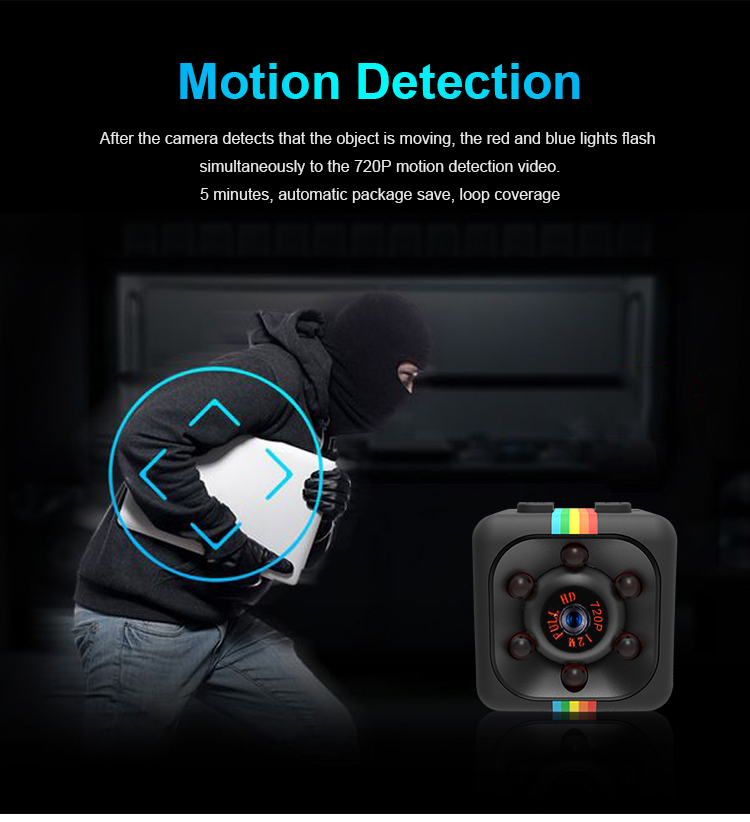Start by thoroughly cleaning the machine. Open all inspection hole covers and remove any protective guards. Clear out debris from the roller chamber, bridge conveying area, and the cleaning room. Take off the small saw blade and the bottom casing of the cleaning room. Clean the inside and outside of the fan housing, as well as the outer parts of the transmission. Remove any leftover straw, weeds, or dirt from areas like the benches, bridges, and engine exterior. Once cleaning is complete, start the machine and let the working parts run at high speed for 3 to 5 minutes to ensure all remaining materials are drained. Then rinse the outside of the machine with water and run it again at high speed for another 3 to 5 minutes to remove excess moisture.
Next, perform lubrication according to the combine harvester’s lubrication chart, lubrication table, and diesel engine manual. After applying the appropriate lubricants, let the engine idle at a medium to low throttle for 5 to 10 minutes to ensure even distribution of oil throughout the system.
Now, focus on maintaining the knife assembly. Carefully move and fix the knife to remove any dirt or residual material attached to it. Inspect the blade’s rivets to check if they are loose, and verify that the wear level is within acceptable limits. Check the tool bar for any deformation or looseness. If any issues are found, re-rivet the blades immediately. If the wear exceeds the limit, replace the blade. If the tool bar is bent, correct it before reinstallation. Ensure that the gap between blades is no more than 0.20 mm after installation. The power rod should operate smoothly without any jamming, and then apply oil and rust protection to the components.
Inspect the threshing drum. Replace any heavy or worn-out threshing arches and adjust any lateral deformations to ensure proper alignment and performance.
Check all fasteners. Tighten any loose bolts or screws promptly to maintain structural integrity and safety during operation.
Examine the drive chains. Remove them and clean thoroughly. Check for cracks or signs of wear that may affect performance. If any damage is detected, replace the chain immediately. For chains in good condition, clean them, dust with talcum powder, reinstall them properly, and adjust tension as needed before the next harvesting season.
Service the drive belts. Remove all belts and inspect for signs of wear, such as skid burns, aging, or damage due to prolonged use. Replace any faulty belts. For those that can still be used, clean them, apply talcum powder, and reinstall them in their proper positions. Adjust belt tension according to the manufacturer's specifications before the next harvest.
Finally, paint the machine. Clean all metal surfaces thoroughly and apply a coat of paint to protect against corrosion and improve appearance.
At each adjustment point, apply grease and lower the pull-out wheel and header to their lowest position. Raise the plunger rod into the cylinder to complete the maintenance process. This comprehensive routine will help keep your combine harvester in excellent working condition and extend its lifespan.
What is DVR Mini Camera
Dvr, which is called DigitalVideoRecorder in full, is a digital video recorder. Compared with traditional analog video recorders, dvr uses hard disk for recording, so it is often called hard disk recorder, also called DVR. It is a set of computer system for image computing, storage and processing. It has the functions of long-time video recording, recording, remote monitoring and control of images/voice and dynamic frames. DVR integrates five functions, including video recorder, picture splitter, PTZ lens control, alarm control, and network transmission. One device can replace a large number of devices in the analog monitoring system, Moreover, it has gradually gained advantages and popularity in terms of price.


The "digitalization" of DVR means that compression and storage technology is aimed at digital signals, rather than directly transmitting digitally encoded video images. Therefore, DVR must be deployed near the analog camera.
The function of DVR, with the increase of various voltage sensitive loads in the distribution network, puts forward higher requirements for power quality. However, due to system accidents in the power system, the voltage flicker, drop and other disturbances caused by the startup and shutdown of large equipment, lightning stroke and other principles are unavoidable. Moreover, in the current power grid, the ability to quickly restore power supply after power interruption is far from meeting the requirements of many sensitive loads. Therefore, it is necessary to provide users with stable and uninterrupted high-quality power when interference occurs. Dynamic voltage recovery (DVR) is the choice to solve the above problems today. DVR is connected in series to the feeder line that requires high-quality power to realize dynamic real-time voltage compensation for the line, so that the load end can get the desired high-quality power, and ensure the normal and uninterrupted operation of sensitive user equipment.
DVR Mini Camera,Cctv Camera System, Outdoor Waterproof NVR Set , Wireless Security Camera NVR, Cctv NVR Kit
DVR Mini Camera,Cctv Camera System, Outdoor Waterproof NVR Set , Wireless Security Camera NVR, Cctv NVR Kit
Shenzhen Fuvision Electronics Co., Ltd. , https://www.outdoorsolarcamera.com